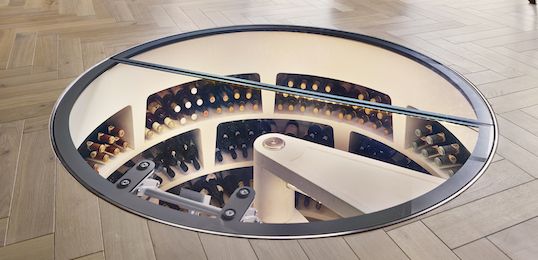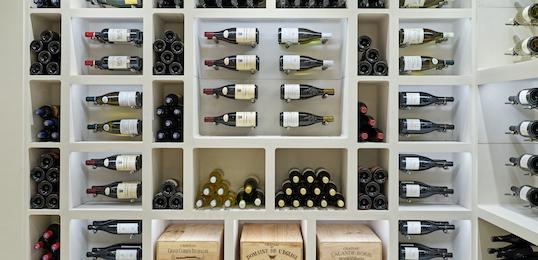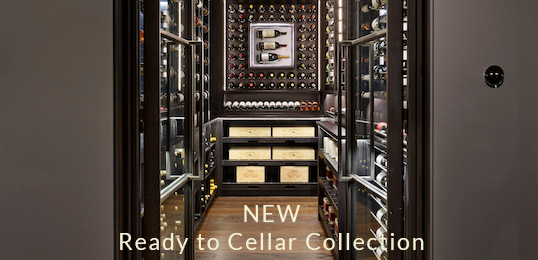Being the fifth largest producer of wine after New Zealand, South Africa, Spain and France, Argentina’s roots are grounded originally in Spain – it even shares many characteristics of this country’s cuisine as well. The region is continuously growing and now has the highest growth rate of the top five wine producers in the world, at 8%. Through the Spanish colonisation of America, the cutting of vines was introduced in Santiago del Estero in the 1500’s, which began the cultivation of the grape and wine production. This stretched into neighbouring regions and onto further parts.
Although the region mainly relies on export, it is the extremely favoured and high-quality Malbec from Mendoza that really gave Argentina the main wine spotlight. Many travellers and wine lovers alike go from wandering around South America to stumbling into Mendoza, and simply forgetting to leave…
The Origin of Argentinian Wine Production
The country saw a big consumption of wine over time, as it drank 90% of the wine it produced, or 45 litres a year; traditions prove that quantity was more important that quality. As time progressed, this changed.
Until the early 90’s, they produced more wine than any other non-European country, even though the rumour was that most of it couldn’t be exported due to many undesirable factors. To be able to increase export, they needed to improve quality, and they certainly did so. The need to increase this side of business fuelled work and quality and exportation began. This proved successful as they now stand as the largest wine exporter in South America.
As the currency became less valuable, this spurred the industry even more, as production costs decreased and tourism increased. This gave ecotourism a new lease of life in Argentina. The major areas of the country, regarding wine production, are the provinces of San Juan, La Rioja, Salta, Catamarca, Rio Negro, Buenos Aires and Mendoza.
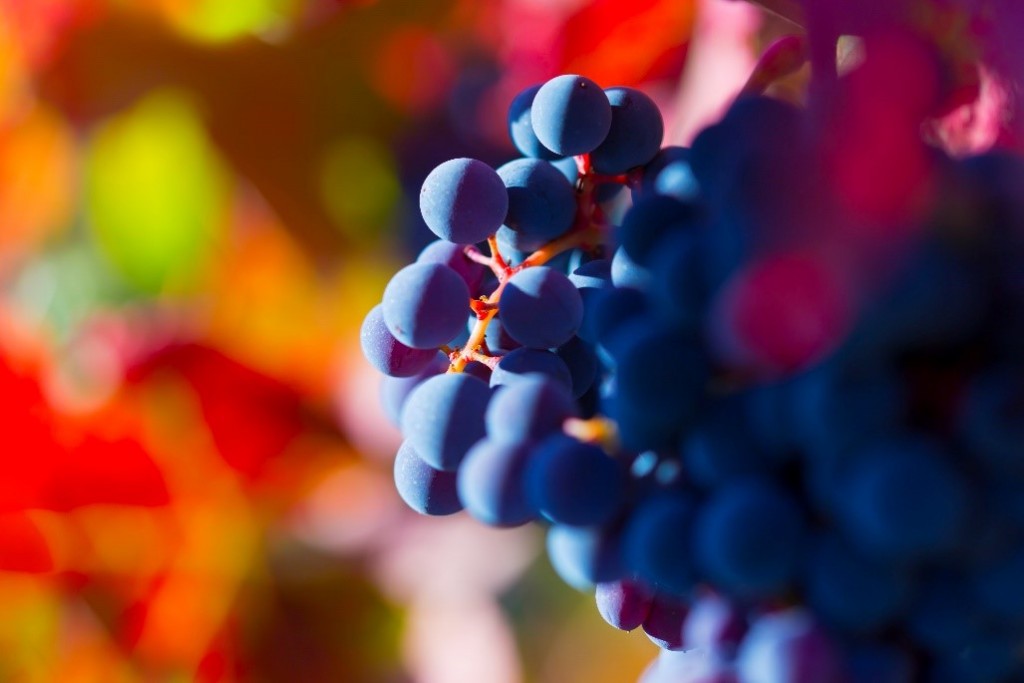
The Famous Mendoza and Malbec
Mendoza has prominently been ruled by wine produced from high yielding and pink skinned types of Cereza and Criolla Grande, but in more recent years the Malbec has become the most popular. Cereza and Criolla Grande still account for almost a quarter of vineyards in the country, but Malbec accounts for more than half. Other red varieties, such as Cabernet Sauvignon, and others, come from these areas too.
Many highly reputable Malbec Wines are produced on the high altitudes of Lujan de Cuvo and the Uco Valley, which are in the Andes mountains and have a great elevation of between 2,800 and 5,000 ft. In 1994, Nicolas Catena Zapata conducted experiments by planting the first vineyard at almost 5,000 feet to see how the vines developed. Argentinean Malbec is said to be a go-to red and with its diverse, rich and slow savouring flavours, perfect with a lean cut of meat or a succulent steak.
When you think of Malbec, you may think of Argentina; and, after all, the high altitudes make for the well-known velvety dark purple aesthetic, erupting with red berry and black fruit flavours and balanced with an approachable acidity and high alcohol level. The Argentinian Malbec, then, is no disappointment to a wine lover.
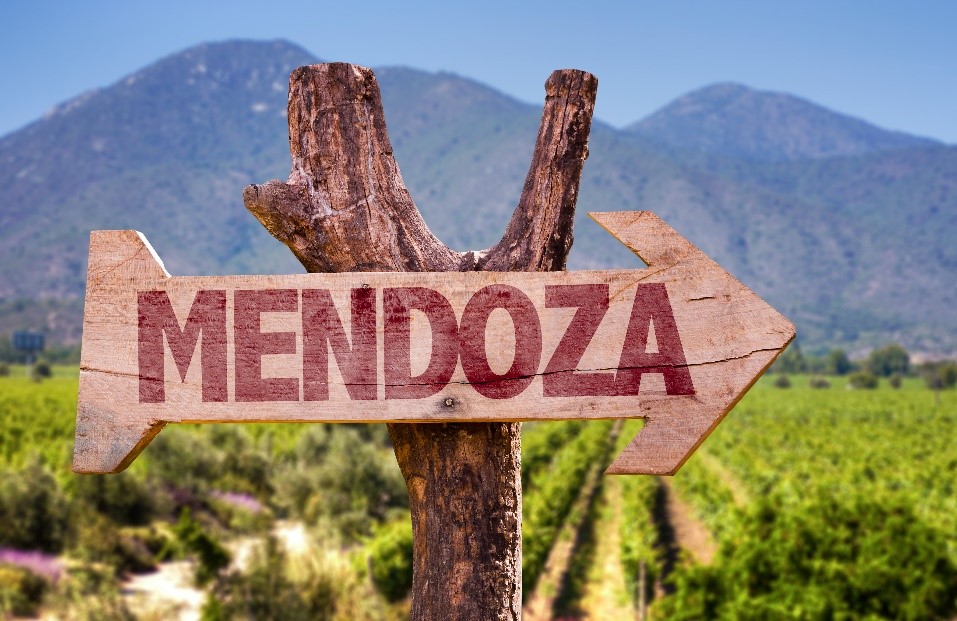
North-Western Regions
The north-western provinces include some of the highest elevated vineyards in the entire world; some being as high as 4,900 feet; 1,500 meters above sea level. Catamarca, Jujuy and Salta are three of these. The elevation doesn’t stop there; two of the vineyards in Salta sitting at up to 7,500 feet, and even further to 9,000 feet.
Like Mendoza, the soils and climates in the north-western regions are similar, but the grapes produced in these vineyards are said to have higher acidity levels which add to the balance and depth of the body of wine produced. Salta and its sub-region of Cafayate have been known worldwide for a more full-bodied white, from the Torrontes Riojano variety, and fruity based reds we know and love, made from Tannat and Cabernet Sauvignon.
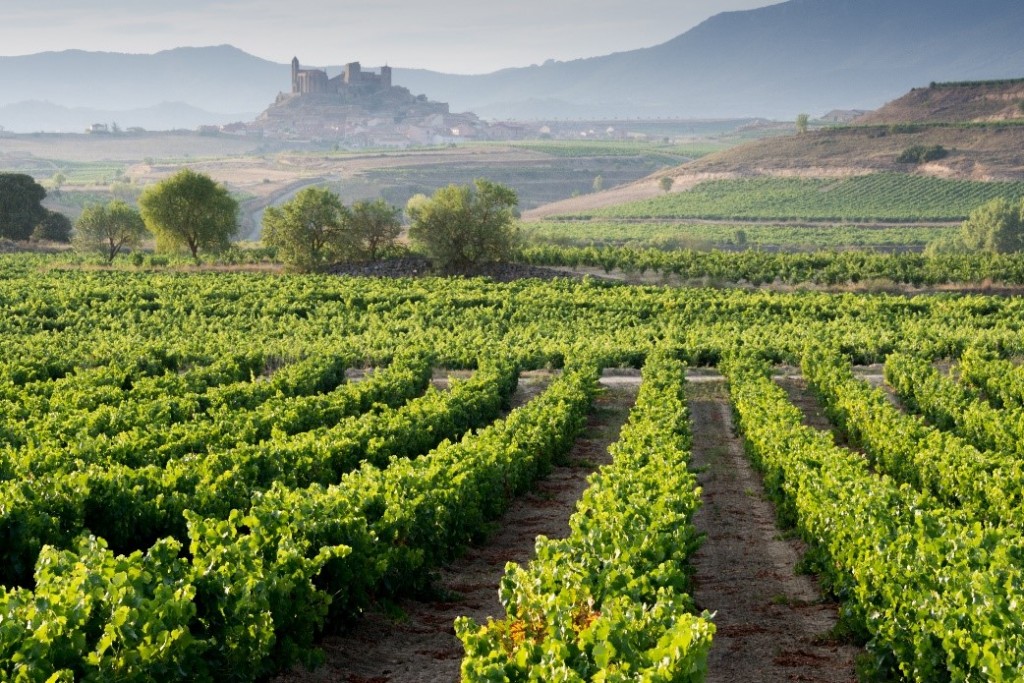
Must-Try Argentinian Wines
Torrontes is only produced in Argentina and can be found across all the areas of the country. The crisp, incomparable flavours are becoming somewhat of an icon amongst wines from this region. The grapes that produce this wine are fermented at low temperatures to create the stunning floral aromas and elaboration of fruity, yet dry. The flavour complements spicy foods perfectly and is easy and smooth on the taste-buds. The light-yellow colour with slight hints of green and golden hues reflects certain rose, jasmine and geranium scents, and can sometimes be found with hints of oregano and honey. This sweet and refreshing wine goes great with Chinese, Indian or Thai foods but can also pair with the more delicate flavours of shellfish. The Piatelli Torrontes Reserve 2014 won first place in the Vivino’s wine style awards 2017.
The Zorzal, Piantao Piantao is another incredible wine produced from Cabernet Franc. This 2011 wine is one of the most reputable of its type, with a vibrant aesthetic and refreshing, yet subtle, herbal tones. However, the texture and acidity give a more light and crisp energy to it. The full-bodied deep red of Cabernet Franc has become increasingly popular over the recent years; like Cabernet Sauvignon, but slightly lighter, which produces a pale, lighter wine. This grape is more expensive to produce, which is reflected on the price tag, but is certainly worth it.
As well as the renowned Malbec, other wines under the Argentinian spotlight include Petit Verdot, Cabernet Sauvignon, Bonarda and Semillon. The 2016 Wines of Argentina Awards saw the winner to be the Petit Verdot, Dececero Mini Ediciones 2012. This 2012 vintage is rich in wild blueberry flavouring with a quaint addition of jasmine aromas. The extensive ageing potential shows sheer complexity and is certainly one to add to your collection.
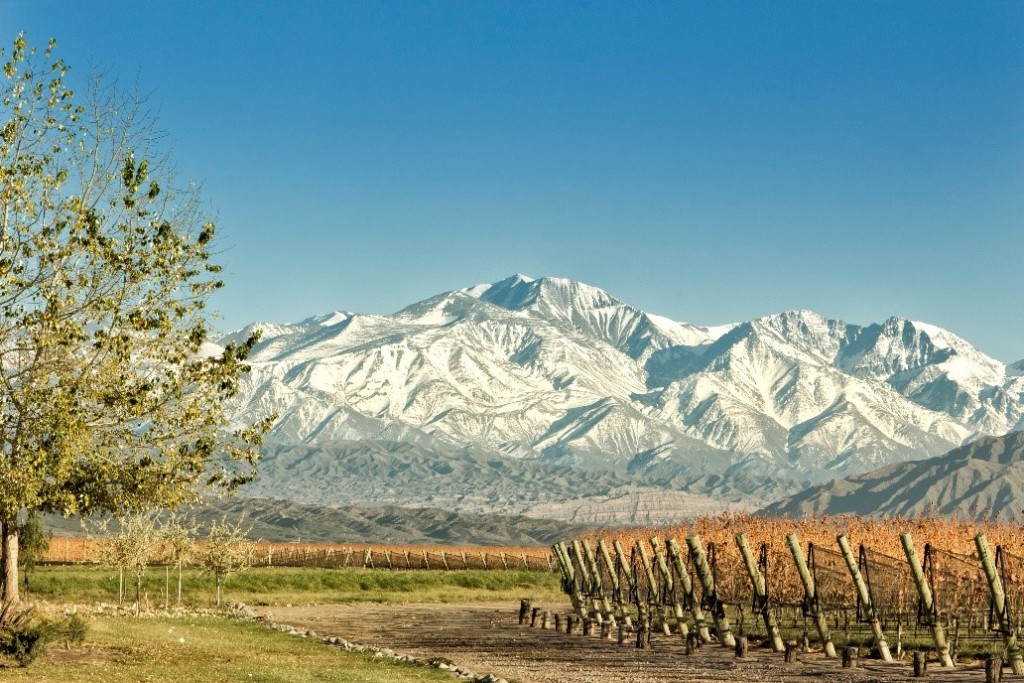
Argentina’s rich history is one that reflects the quality of the wine produced to this day. Connoisseurs of wine are sure to have a collection of high altitude wines from these regions, ranging from a deep, full-bodied Malbec to a lighter Cabernet Franc, these reputable wines are the perfect addition to your Spiral Cellar , wine cabinet or wine room.
